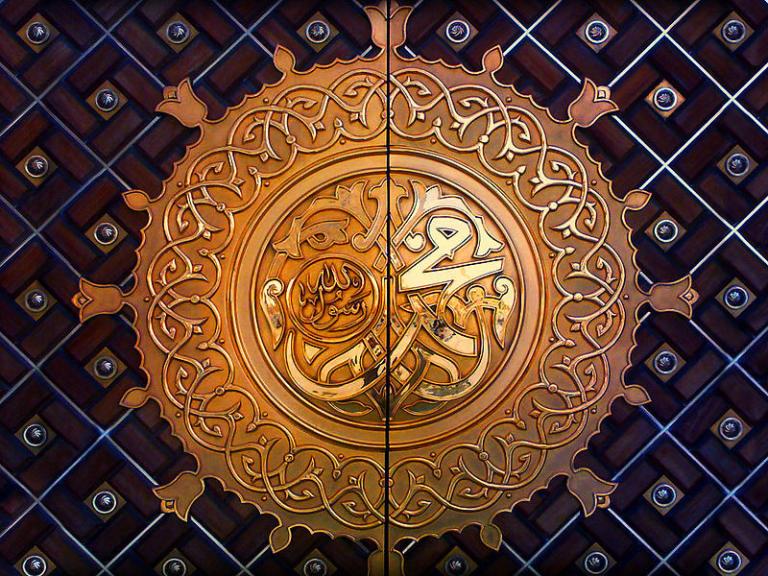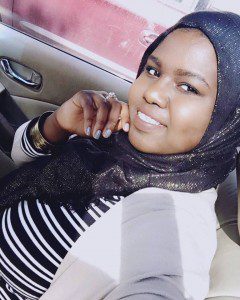By now, the Muslim blogosphere has erupted with congratulations and condemnations, excitement and judgement, mud slinging and intellectualizing, over a stylized and unnarrated 2 and a half minutes video set to Jay-Z’s “Only in America.” The clip portrays 12 American Muslim women in fashionable clothing, taking selfies, skateboarding, fencing and strutting around America’s urban jungles like the fierce fabuladies they are. The women are journalists, entrepreneurs and athletes and seemingly ethnically diverse. They don’t speak in the video, but let their actions and clothing speak for them. The video was produced by a group calling themselves Mipsterz – combining their Muslim and hipster identities. While there was a lot of baseless recrimination on Facebook and Twitter – bewilderingly, much of the negativity was aimed at the women in the video – I do think that this clip catalyzed a very important conversation among Muslims about race, class, the American Muslim narrative and, importantly, gender and hijabshaming of young Muslim women.
My own perspective is manifold, but I’ll share one with you: while this discussion may seem trivial at first glance – that so many American Muslims are getting our scarves and kufis into a collective knot over a short clip that is essentially a fashion shoot set to a popular hip hop track – in reality, this public conversation points a collective finger on a very real question: what spaces are Muslim women occupying in American Islam? Many women featured in the clip are well known professionals – yet much of the online conversation has negated their agency and boiled their identities down to one point: whether they are or are not observing hijab properly. These are questions around modesty, propriety, representation and intention that are rarely posed to Muslim men whose public aim is to shape a particular American Muslim narrative, and who sometimes do not fit into, and indeed often subvert, the “Ideal Muslim Man” paradigm. This magnified lens placed on women is because everyone – especially Muslim men, Western feminists – seems to want to save us. Will American Muslims ever move beyond critiquing how women look and behave in public and instead begin to address the real social problems that are affecting our communities and blighting our country? Because let me tell you, Muslim women do not need saving, and many of us are ready to partner with allies across the board to begin to break down the challenges facing our societies.
Anyway, check out the video – the producers uploaded a clean version of the song on YouTube, responding to a request by Patheos’ own Muslim History Detective and scholar of the history of Islam in America, Precious Rasheeda Muhammad to remove the “n-word” from their clip – and then dive into some thought-provoking links:
https://www.youtube.com/watch?v=z3Nq0NzRrfEWomen and American Muslim narratives
Participant Hajer Naili gives us background info
Why I participated in the Mipsterz video
Representation and ironic hipster racism
Somewhere in America, Muslim women are cool
A college student offers a socio-economic critique
Muslim women come in surprising and different forms
Somewhere in America, Muslim women are being shamed
Men get their “too sense” in
A Muslim male rapper’s response
The discussion goes “mainstream”
Can a veiled Muslim woman also be an American hipster?
HijabTrendz’s Mariam Sobh hosts a radio discussion
Muslim hipster swag sparks passionate discussion
Finally, an eloquent and passionate reminder from Nina Simone on what an artist’s duty is:











